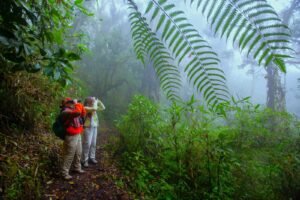
Aspiring to make a lasting positive impact but don’t know where to start? We’ve got you covered! Our Wild Keepers monthly giving program gives individuals the opportunity to join a community of conservationists, activists, and wildlife enthusiasts working together to protect the vital resources and biodiversity of the Amazon.
When it comes to protecting wild places and empowering people in the Amazon, the range of threats and drivers jeopardizing the future of these forests may make finding effective solutions seem intimidating. However, Amazon Conservation knows that protecting the Amazon requires real change and long-term solutions, which in turn require the sustained support of a team of changemakers committed to achieving our shared mission.
Our team of Wild Keepers provides ongoing monthly contributions that create a sustainable and impactful support system that provides a solid foundation for our work. By becoming a Wild Keeper today, you help advance our long-term conservation objectives and ensure your contributions make a real difference.
Here are some of the unique impacts of our Wild Keepers program:
- Consistency and long-term impact: Regular contributions ensure a steady and predictable stream of funding for our conservation programs. This stability allows us and the people we work with on the ground to plan projects more effectively, knowing we have a reliable source of support over time. By joining a monthly giving program, you become a vital partner in these long-term efforts that empower local people and make a sustained impact on the causes you care about.
- Increased giving power: As a Wild Keeper, you have the opportunity to give more over time. Since a larger one-time donation is not always feasible for everyone, contributing a feasible amount each month can add up to a substantial gift over the course of a year. This allows you to amplify impact over time without straining your budget. Since you’re also contributing to a pool of resources through the power of collective giving, our Wild Keepers help fund significant projects, drive innovation, and create lasting change across the Amazon.
- Convenience and ease: Our monthly giving program makes supporting a cause easy and convenient. Once you set up your monthly contribution, your contributions are automated, saving you the time and effort of remembering to donate or going through the hassle of filling out forms repeatedly. This simplicity allows you to focus on the impact you are making rather than the logistics of donating.
- Empowerment and engagement: Joining our Wild Keepers program goes beyond the act of giving; it also empowers you to actively participate in the causes you care about. By aligning yourself with other Wild Keepers, you become part of a community of like-minded individuals who share the common vision of a thriving Amazon that sustains the full diversity of life. This community provides opportunities for engagement that deepen your connection to Amazon Conservation and allows you to see the direct impact of your support.
- Direct program benefits: Being a Wild Keeper means you’ll also have access to exclusive program benefits, including Wild Keeper-specific emails, news, and updates from the ground; local events; discounts to visit our Conservation Hubs and ecolodges in Peru; and participate in quarterly giveaways of unique handicrafts made by local artisans from the communities who thrive from your support. Learn more about these and other program benefits here.

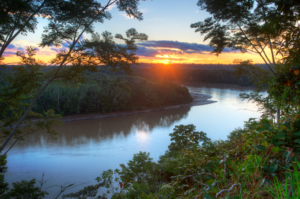 So consider becoming a Wild Keeper today to take a stand to help fight deforestation and climate change. Join other passionate conservationists in building a transformative force for positive change. Together, we have the power to create a real, lasting impact on the Amazon!
So consider becoming a Wild Keeper today to take a stand to help fight deforestation and climate change. Join other passionate conservationists in building a transformative force for positive change. Together, we have the power to create a real, lasting impact on the Amazon!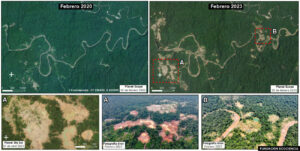
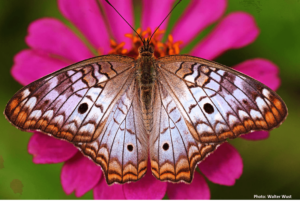
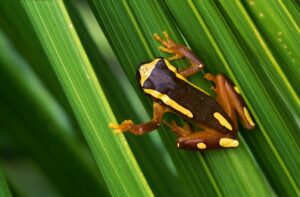
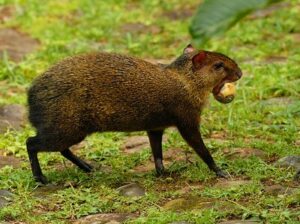 Animals like the agouti often play the role of the ‘gardeners’ in the forest. They help with transporting nuts and seeds from one place to another. More often than not, these animals will forget where they buried their goodies, and within weeks, a new plant is born. Brazil nuts, most commonly distributed by the agouti, rely heavily on their seed dispersal for reproduction.
Animals like the agouti often play the role of the ‘gardeners’ in the forest. They help with transporting nuts and seeds from one place to another. More often than not, these animals will forget where they buried their goodies, and within weeks, a new plant is born. Brazil nuts, most commonly distributed by the agouti, rely heavily on their seed dispersal for reproduction. 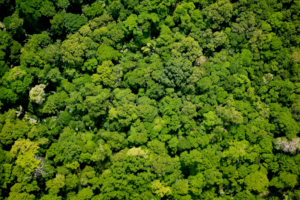
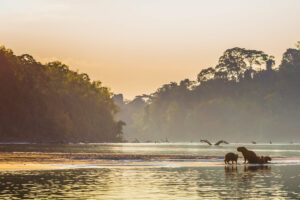
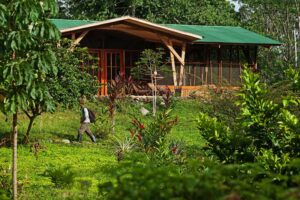
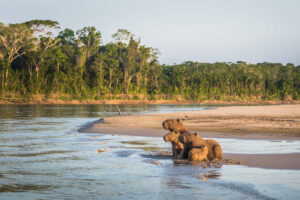
